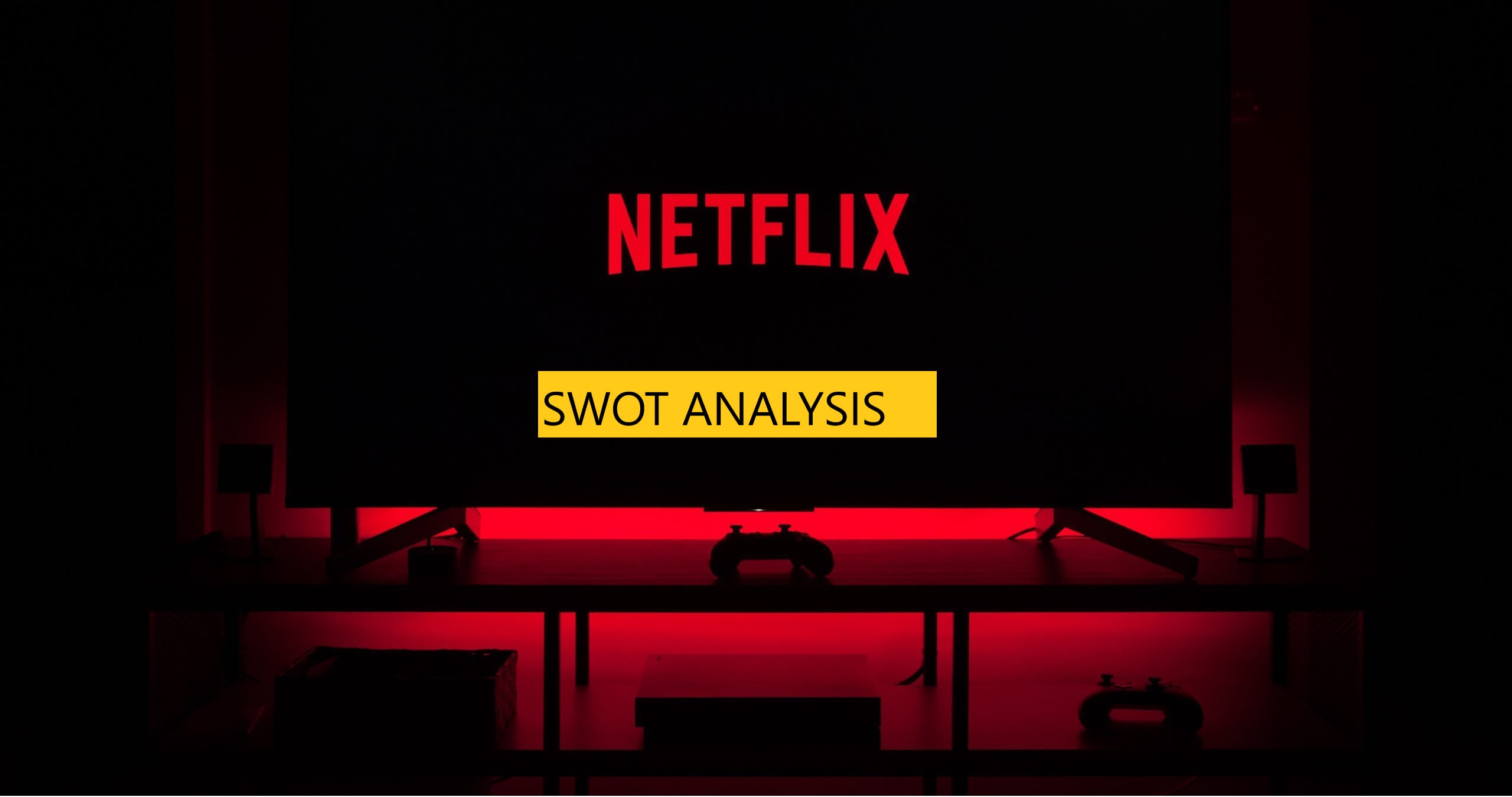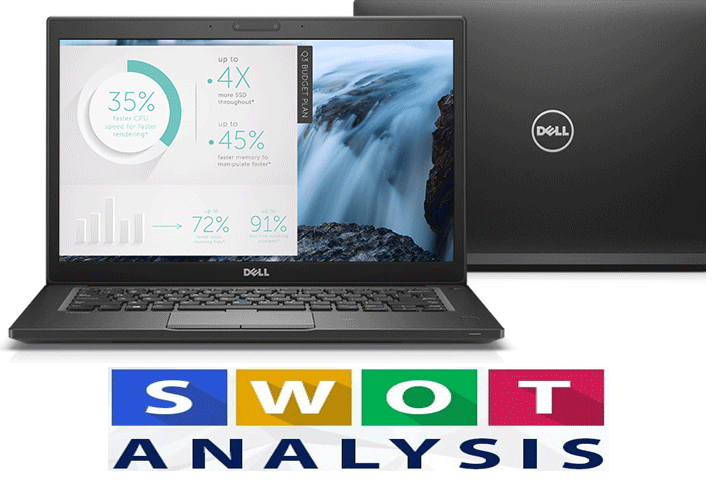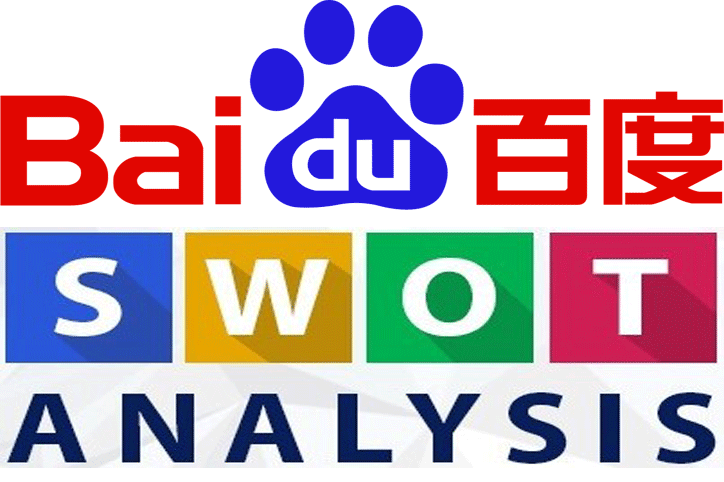SWOT Analysis of General Motors | General Motors SWOT
General Motors (GM) is a leading name in the auto industry. The founder of General Motors Company was William C. Durant who established this company in 1908. Since then, they have been contributing to the auto industry. It is one of the biggest and oldest automakers in the world. Today, we will discuss its strengths, weaknesses, opportunities, and threats. With this General Motors SWOT analysis, you can analyze the company’s work and plans. Let’s start:
Company name: General Motors
Earlier Name: General Motors Corporation
Established: September 16, 1908 (original), July 10, 2009; Present
Head office: Detroit, Michigan, U.S.
Founded by: William C. Durant, Charles Stewart Mott
CEO: Mary T. Barra
Area Served: Worldwide
Industry: Automotive
Products: Automobile, Auto parts, Commercial vehicles
Services: Vehicle financing
Brands: Chevrolet, GMC, Buick, Cadillac, Baojun, Holden, and Wuling
Production output: 7,718,000 vehicles under various brands
Number of Employees (2019): 164,000
Revenue: (2019) – US $ 137.237 billion
Net Income: (2019) – US$6.732 billion
SWOT Analysis of General Motors | General Motors SWOT
Strengths of General Motors:
Strong Market Dominance:
No doubt, it is one of the leading auto manufacturers in the auto market. It is not only the biggest company in the United States but also leading in market share with almost 17 %.
Extremely Innovative:
GM is highly innovative in its offerings like electric cars, combustion engines, and large investments in R&D. This is the reason it is the first company that provides a million-mile electric vehicle battery to the auto industry.
Powerful Strategic Affiliations:
No one can achieve big targets without any partnership or affiliation. GM understands this thing that’s why they collaborate with SAIC-GM and GM-CATL. These partnerships help the company to achieve its targets.
Safest Cars:
GM is the only company in the auto industry that receives five-star safety. This is the reason they considered the biggest auto company that delivers the safest cars. With this quality, they easily attract customers.
Worldwide Existence:
GM is currently operating internationally across six continents beneath GM International, GM China, and GGM North America that provides to Latin America, Africa, the Middle East, and Europe.
Diverse Brand Portfolio:
Some strong brands are working under the banner of GM such as Cadillac, Buick, Chevrolet, and so on. These diverse brands make the company highly competitive.
Remarkable Sales Policies:
GM is one of the highest selling brands in the world. In terms of sales, it has 12th rank in the United States and 41st internationally.
SWOT Analysis of General Motors | General Motors SWOT
Weaknesses of General Motors:
Dependence on Pickup Trucks and SUVs:
GM heavily depends on its pickup trucks and SUVs. Recently, they face a huge decline in their sales due to the downfall in sales of pickup trucks and SUVs. This is a major weakness of GM.
Downbeat Advertising:
It was disclosed that General Motors defrauded on the amount of emission by its pickup trucks for nearly 5 years. This thing breaks the trust of its customers and clients.
Overreliance on US Market:
General Motors works internationally, but they heavily depend on the US market. If anything happened with the US economy, then there is a maximum chance that GM also faces catastrophic events.
Quality-related Problems:
As we know safety factor always comes first when we talk about auto manufacturing. Minor errors and defects can cause big problems sometimes. It was leaked in 2015 that General Motors used defective ignition switches in its vehicles accountable for 124 deaths.
Lack of Variety:
General Motors mainly works in the manufacture and design of automobiles. If the automobile industry faces any recession then General Motors also experience a decline. This is due to the lack of innovation and variety in its products.
SWOT Analysis of General Motors | General Motors SWOT
Opportunities for General Motors:
The practice of Eco-friendly Opportunities:
As the community of eco-conscious customers is rising internationally, so it is imperative for General Motors to invest in eco-friendly cars. Even though they are also working in this sector, but it needs huge investments. In this way, they can attract more customers and diversify their portfolio.
Focus on Emerging Markets:
Emerging markets have the potential to expand their business. Well, GM operates in these countries but they need to focus on Asia and Africa due to their population. It will strengthen its market presence and also expand its growth.
Take Benefit of Autonomous Market:
The requirement for self-driving cars is increasing rapidly; GM should invest in this sector. The self-driving cruise of GM is one of the biggest achievements in this sector. In this way, they can exploit things in their favor.
Branch Out Portfolio:
GM should diversify its portfolio from electric cars to electric bikes and so on to increase its product category. It is one of the biggest opportunities for GM that opens the door to more profits and market reach.
SWOT Analysis of General Motors | General Motors SWOT
Threats of General Motors:
Worldwide Recession:
As the outbreak of Coronavirus force the companies to shut down their offices and business, GM also faces a huge decline in its sales from China that was decreased by 44 percent. This is the first wave of recession. If the pandemic continues, then things become worse and worse.
Trade Pressure:
As the tension between the governments of China and the US are changing due to certain events, both countries called off their trading agreements. Due to this tension, many companies suffer and facing a decline in their revenues. As China is the biggest market, so this kind of geopolitical tension can threaten the company’s overall profit and revenue game.
Problems with Workforce:
Nearly in 34 plants of GM, the protest of 48000 workers causes the loss of 2 billion dollars and the operations are also stopped. This kind of protest can damage the company’s revenue system and image as well.
Lawsuits:
GM also experience many fines, settlements, and penalties due to the selling of trucks that weren’t well-matched with diesel usage regulation in the United States. These types of civil lawsuits and penalties could affect the company’s name and financial growth.
Stiff Competition:
With the presence of heavyweights in the market like Toyota, Tesla, BMW, Mercedes, and many more that offers innovative cars, there is a chance that these companies could damage the growth and manufacturing of GM.
Slowdown of Auto Market:
Due to the recent recession and uncertain events, many automobile companies experienced a huge downfall in their revenue and growth. It is also a big threat for GM that they also face crisis due to these recessions.
Strict Regulations:
Due to the strict environmental laws and regulations, it is really hard for companies to work under these regulations. These things also threaten GM’s future and operations.
Need Help or Advice in Content Management:
Do you want more advice? Do you have good practices to share? Express yourself in the comments.
Do you want any help to write content and drive more traffic and boost conversions; get in touch through Contact our team?
Read More:
5 Methods That Marketers Should Adapt In 2021
SWOT Analysis of Dell | Dell SWOT Analysis
Ford SWOT Analysis | Business Analysis of Ford









